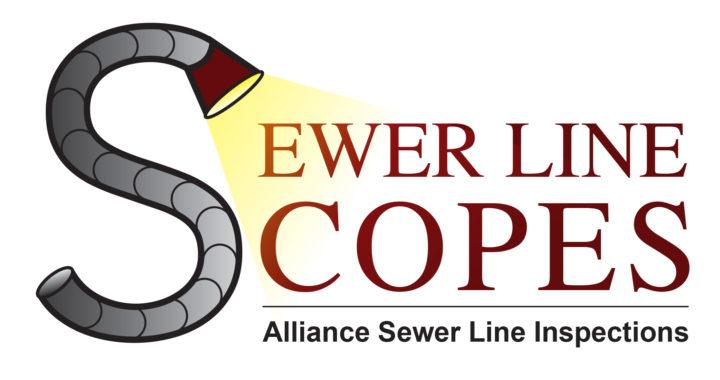What Everyone Should Know About Sewer Line Scopes
Most sewer lines have cracks, separation or material breakdown, which results in root intrusion and/or blockage. When the flow of waste is blocked, the lines can back up into your building. More often than not, the clients are thankful they had the sewer line scoped, since so often they discover problems with the line that they wouldn’t have known otherwise.

Still shot showing root intrusion of waste line interior.
Following ASHI and ASTM E2018 standards of practice, the general inspector doesn’t use any specialized equipment that might be intrusive. Since the main line is buried and the general inspector can’t see it, the line can only be viewed by using a camera and scope to access through a clean-out.
Ideally, sewer line inspectors access the main line through the clean-out. Sometimes, the property doesn’t have a clean-out, in which case the inspector will have to access the line another way. Climbing onto the roof to get to the waste vent involves more work, more time and more risk. The crawl space is safer, but can be more difficult since the inspector has to crawl under the building. Because both of these routes require more effort, the fee for the inspection is higher. Pulling the toilet can be risky due to the toilets occasionally breaking and therefore that fee is typically more than simply climbing onto a roof or crawling under a building.

Exterior clean-out.
Before the inspector scopes any line, he must haul the equipment and set it up, then he runs the camera scope as far as it will go. These actions take time. To set up the equipment and do the process all over again takes more time, hence the additional fee.
When possible, yes. If the circumstances do not provide enough information, the inspector can’t give any prices but will likely give recommendations. For instance, if root intrusion prevents or blocks the camera from seeing the inside of the pipe, it is impossible for the inspector to see the condition of the line. He will recommend the pipe be hydro-jetted and then scoped again. Another example would be a missing clean-out. If an alternate access is not possible, then the recommendation would be to install a clean-out and get the line scoped.
Look for Your Burning Questions, Part 5 next month!

